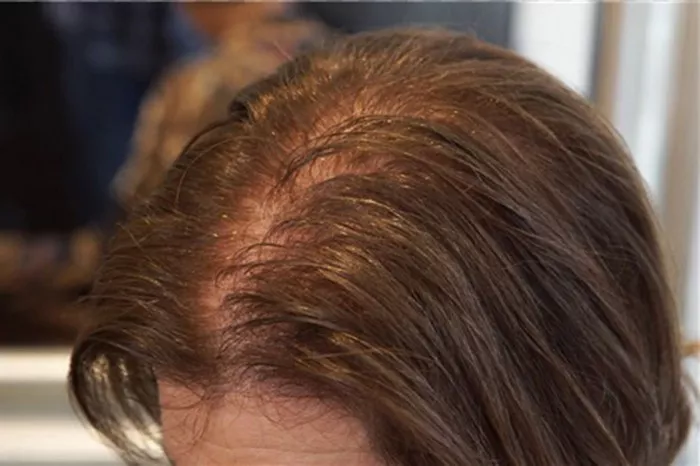Hair loss is a common concern that affects millions of people worldwide, impacting not only physical appearance but also emotional well-being. Androgenetic hair loss, also known as male-pattern baldness or female-pattern baldness, is the most common cause of hair loss. This article aims to explore when androgenetic hair loss typically starts and the factors that contribute to its onset.
The Onset of Androgenetic Hair Loss
Androgenetic hair loss is primarily a genetic and hormonal condition. The role of androgens, specifically dihydrotestosterone (DHT), is crucial in its development. DHT, a potent form of testosterone, binds to hair follicles, leading to a gradual shrinking of follicles and a reduction in the hair growth cycle. While the exact timing of androgenetic hair loss can vary among individuals, it often begins during adulthood.
Male-pattern Baldness Onset
In men, androgenetic hair loss typically starts in their late teens to early 20s. It often begins with a receding hairline and thinning at the crown, forming the classic “M” shape. The progression of male-pattern baldness can be influenced by genetic factors inherited from both parents. If a man’s father or maternal grandfather experienced early-onset hair loss, there is a higher likelihood that he may too.
Female-pattern Baldness Onset
For women, androgenetic hair loss usually starts later than in men. The onset is commonly observed during their 40s or 50s, but it can occur earlier for some individuals. Female-pattern baldness is characterized by diffuse thinning across the crown and widening of the part. Like in men, genetic predisposition plays a significant role in determining the age of onset and severity of hair loss in women.
Contributing Factors
While genetics is the primary factor, various other elements can contribute to the onset and progression of androgenetic hair loss.
1. Hormonal Changes: Hormonal fluctuations can influence the development of androgenetic hair loss. For example, women may experience increased hair shedding during menopause due to hormonal changes, exacerbating the effects of androgenetic factors.
2. Environmental Factors: Exposure to certain environmental factors, such as pollution and toxins, can contribute to hair loss. Additionally, unhealthy lifestyle choices, including a poor diet and high stress levels, may accelerate the onset of androgenetic hair loss.
3. Medical Conditions: Certain medical conditions, such as polycystic ovary syndrome (PCOS) in women, can lead to hormonal imbalances that contribute to hair loss. Addressing underlying health issues is crucial in managing androgenetic hair loss.
Prevention and Treatment
While androgenetic hair loss has a strong genetic component, there are preventive measures and treatments available to manage its onset and progression.
1. Early Intervention: Recognizing the signs of androgenetic hair loss early allows for more effective intervention. Consultation with a dermatologist or hair specialist can provide personalized advice on lifestyle changes, medications, or procedures that may help slow down hair loss.
2. Medications: FDA-approved medications, such as minoxidil and finasteride, are commonly used to treat androgenetic hair loss. Minoxidil, a topical solution, promotes blood flow to the hair follicles, while finasteride, an oral medication, inhibits the conversion of testosterone to DHT.
3. Platelet-Rich Plasma (PRP) Therapy: PRP therapy involves injecting a concentration of the patient’s own platelets into the scalp, stimulating hair growth. While research on its effectiveness is ongoing, some individuals experience positive results.
See Also: [Revealed!] Can Hair Loss from Poor Diet Be Reversed?
Conclusion
Androgenetic hair loss is a prevalent condition that can impact individuals at various stages of their lives. While genetics plays a significant role in determining when it begins, environmental factors and hormonal changes can also contribute. Early recognition and intervention, along with the use of available treatments, can help manage androgenetic hair loss effectively. Consulting with healthcare professionals for personalized advice and exploring available treatment options are crucial steps for those experiencing or at risk of androgenetic hair loss.


